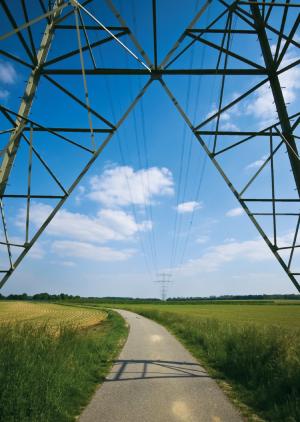The most economical energy savings might be found in grid efficiency.
Karen Forsten is senior manager, power systems, at the Electric Power Research Institute.
The U.S. government has focused on energy and electricity to be part of the solution for some of the toughest challenges facing the United States including climate change, energy security, infrastructure investments and the need to invigorate the American job market. The American Recovery and Reinvestment Act is helping to fund these efforts and includes more than $16 billion for the DOE Office of Energy Efficiency and Renewable Energy’s (EERE) programs and initiatives. The Obama administration also has called for reducing CO2 emissions to 1990 levels by 2020, with a further 80-percent reduction in these emissions by 2050.

Other federal and state legislative initiatives call for an increased focus on energy efficiency and peak demand management. The American Clean Energy and Security Act (ACES), introduced in the house in June 2009, attempted to establish a standard that requires utilities to achieve an increasing percentage of their power supply through a combination of energy-efficiency savings and renewable energy initiatives (e.g., 6 percent in 2012, 9.5 percent in 2014, 13 percent in 2016, 16.5 percent in 2018, and 20 percent in 2021 through 2039).

